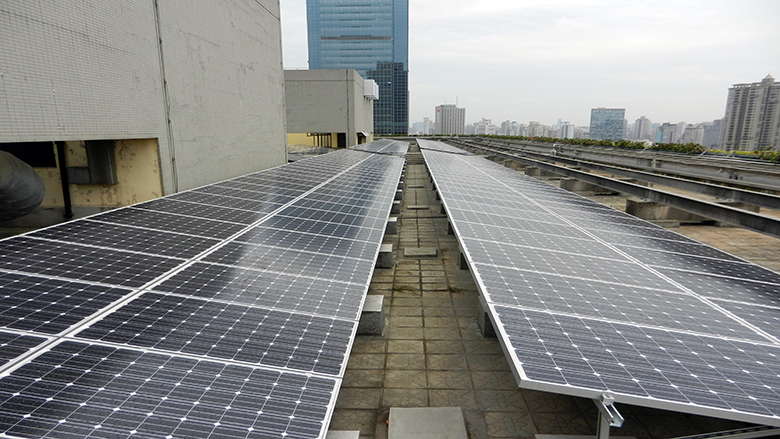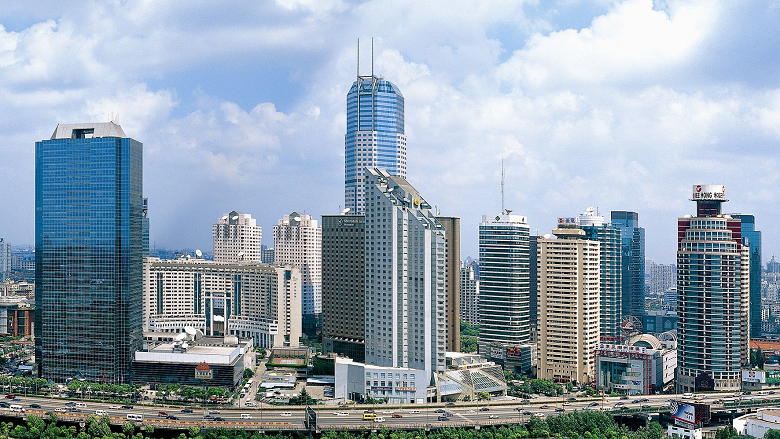Challenge
Cities accounted for 85 percent of China's commercial energy use, and their importance was set to increase with rapid urbanization. It was estimated that over the coming two decades energy demand and related carbon emissions from buildings and appliances would triple and emissions from transport would more than quadruple with the expected ten-fold increase in the vehicle fleet.
The speed and scale of urbanization provided an unprecedented opportunity to invest in clean energy and energy efficient technologies in buildings to contain emissions related to energy supply and consumption. Introducing efficient low-carbon technologies into new urban infrastructure today would avoid locking cities into a high-carbon growth path for decades to come.
In Shanghai, consumption-related greenhouse gas emissions per person were relatively high by national and international standards. Priorities of Shanghai's 12th Five-Year Plan for Energy Conservation and Climate Change included strengthening energy-saving monitoring and management systems, accelerating the development of energy-saving and low-carbon transportation, and promoting low-carbon buildings.
Changning District, a well-established commercial and residential urban area in Shanghai, had a population of about 600,000. With almost no industry, buildings were estimated to contribute as much as 90 percent of total final energy consumption in Changning. A World Bank-supported study showed that there was huge technical potential in rehabilitating the existing building stock to reduce energy consumption, but institutional and financial barriers existed.
Approach
The World Bank-financed Green Energy for Low-Carbon City in Shanghai Project was designed to pilot green energy schemes and scale up low-carbon investments in buildings in Shanghai, with a focus on Changning district. Green energy scheme refers to a policy, financing mechanism, business model, technology application, or infrastructure program leading to reduced energy consumption and reduced use of high-carbon energy. Schemes that were proved successful in Changning could be replicated in other districts in Shanghai as well as in other cities.
Two parallel tracks were considered in the project design and implementation. First, a grant from the Global Environment Facility (GEF) would support policies to overcome barriers and increase market demand, while providing technical assistance to pilot green energy schemes including innovative policies, near-zero emission (NZE) building, innovative financing mechanisms and non-motorized transport (NMT). Second, the World Bank loan would leverage co-financing from two participating financial intermediaries, the Shanghai Pudong Development Bank (SPDB) and the Bank of Shanghai (BOS). Each would finance investments in energy efficiency and low-carbon distributed energy resources, matching the amount of the World Bank loan allocation for low-carbon investments.
The bulk of project activities would be in the building sector, with a focus on building retrofits as the leading measure to reduce emissions in Changning. The project would scale up low-carbon building investments using a combination of technologies ranging from improved new and existing building lighting, heating, ventilation and air conditioning systems and insulation, to energy management systems and low-carbon distributed generation systems.
Replicating outcomes from Changning to Shanghai could result in substantial energy savings over the 20-year lifetime of investments. Reducing emissions in this way would contribute to China’s broader agenda of low-carbon city development, green growth, and addressing climate change.


